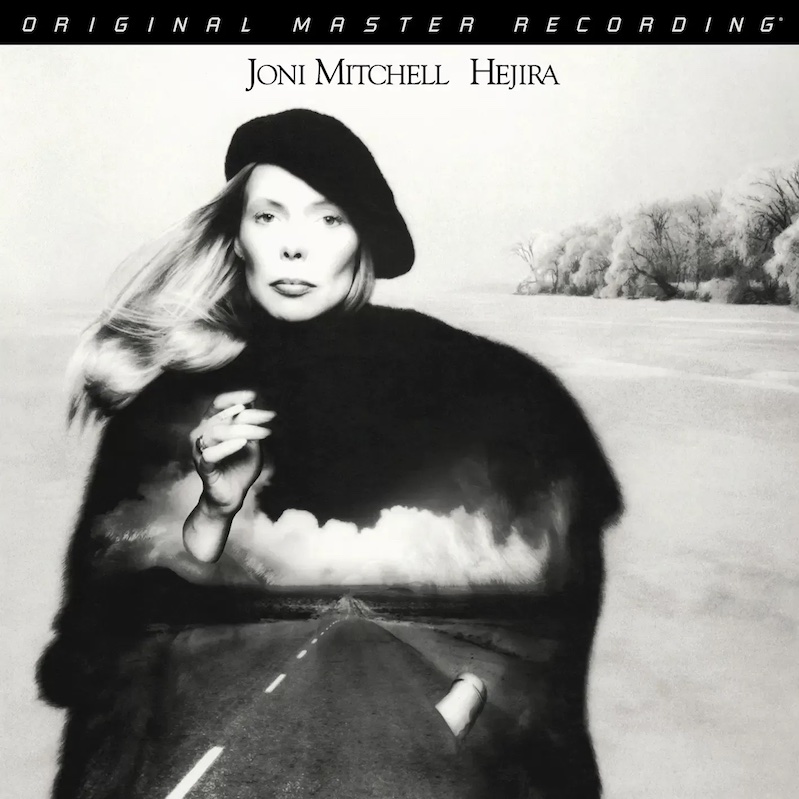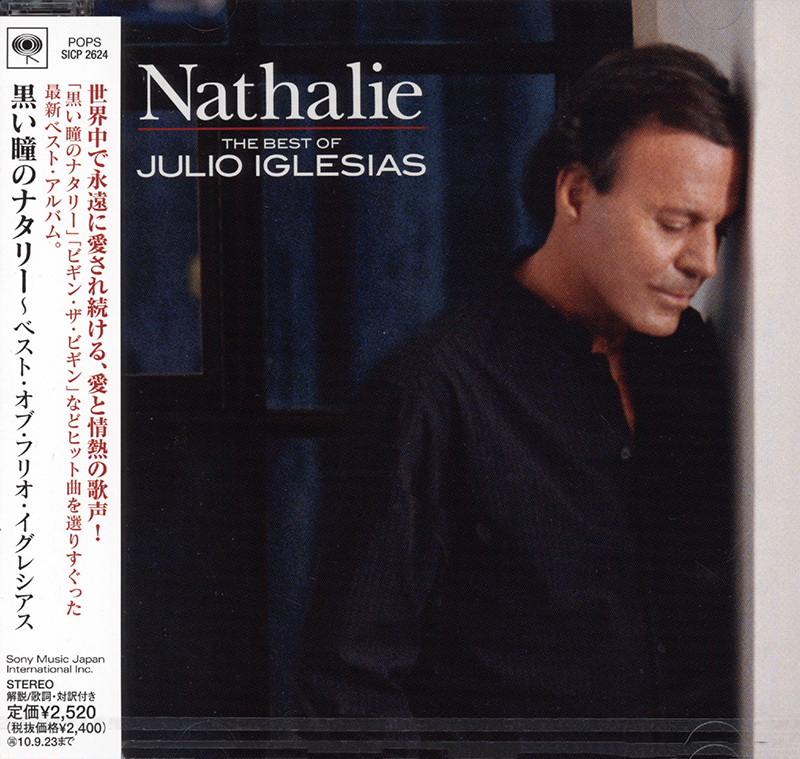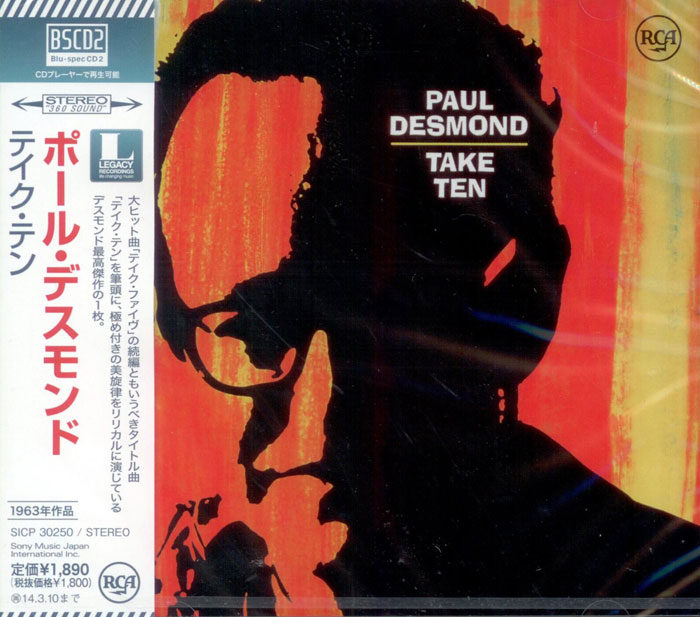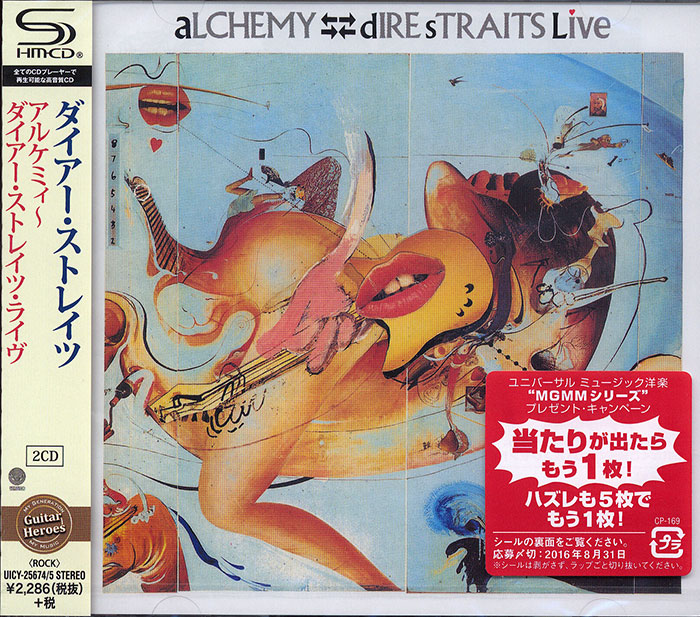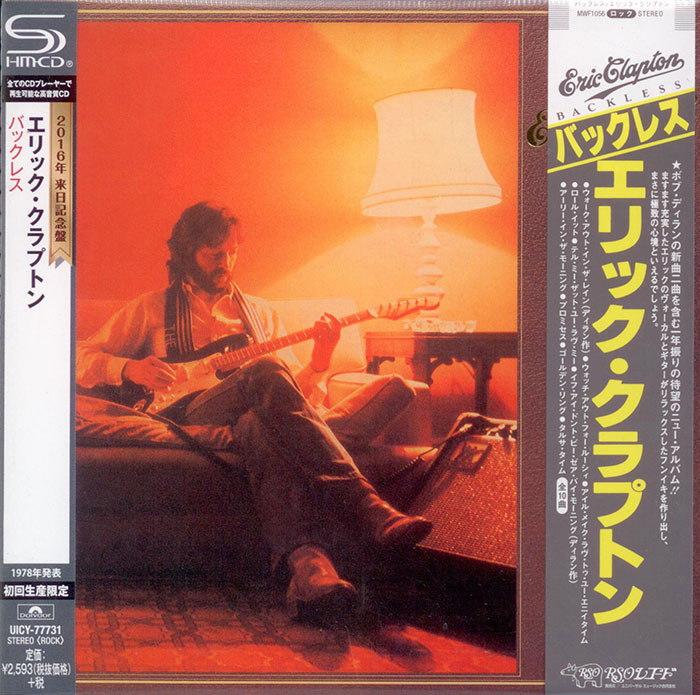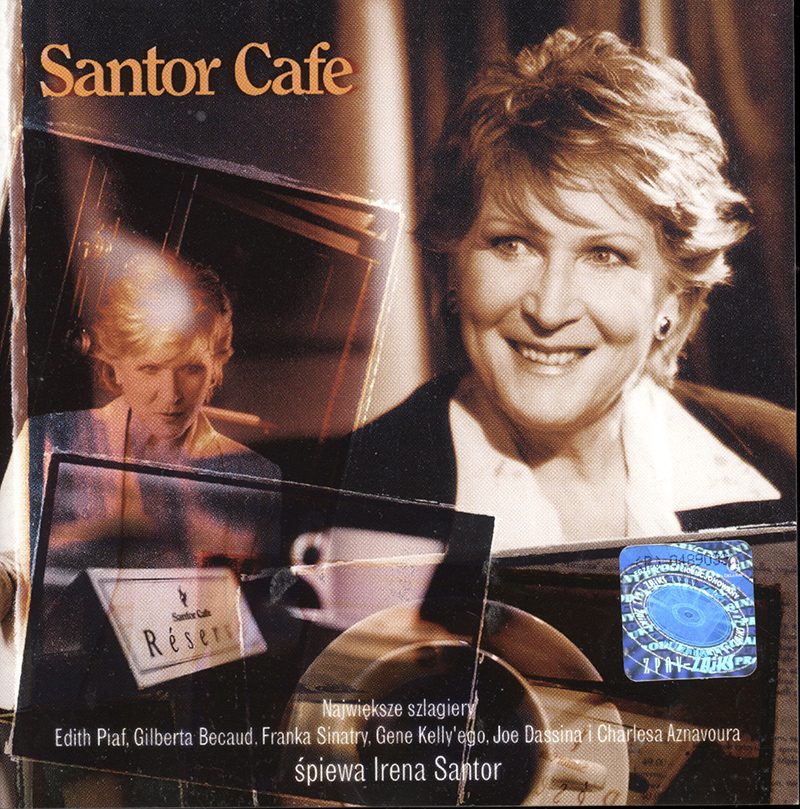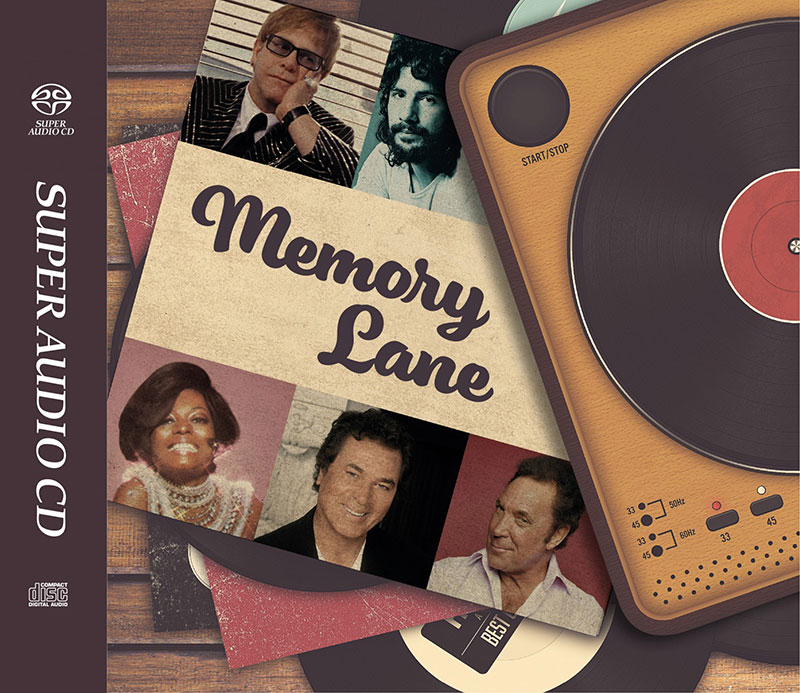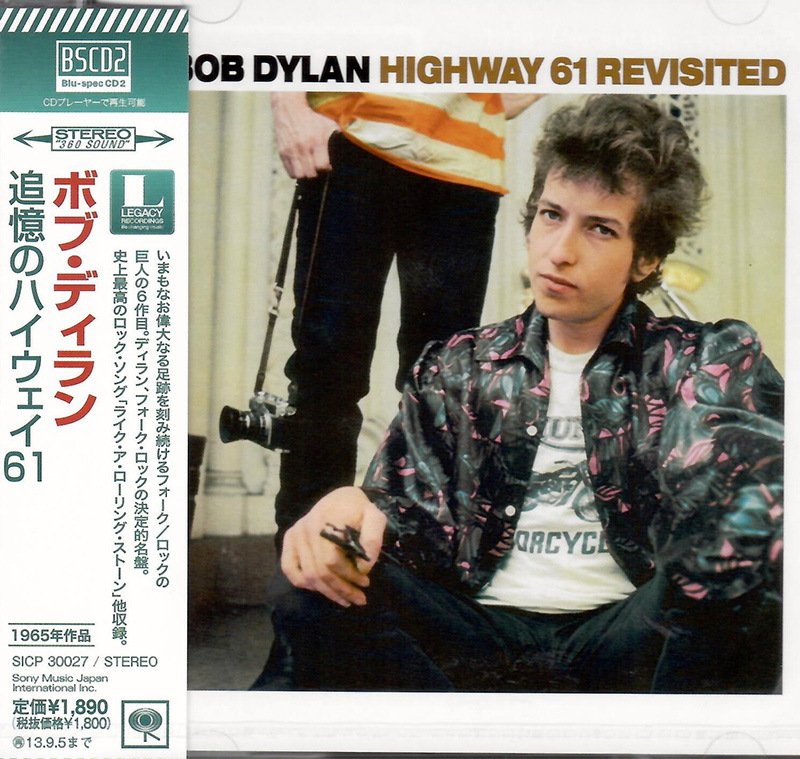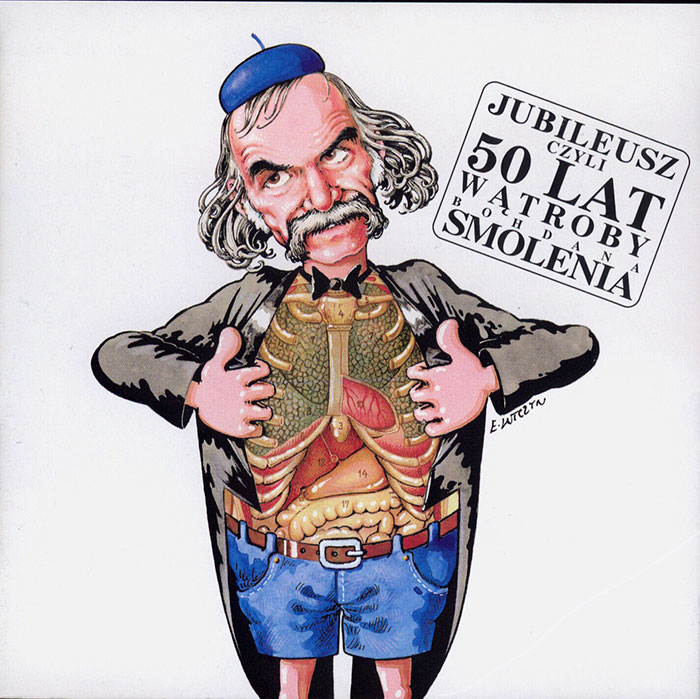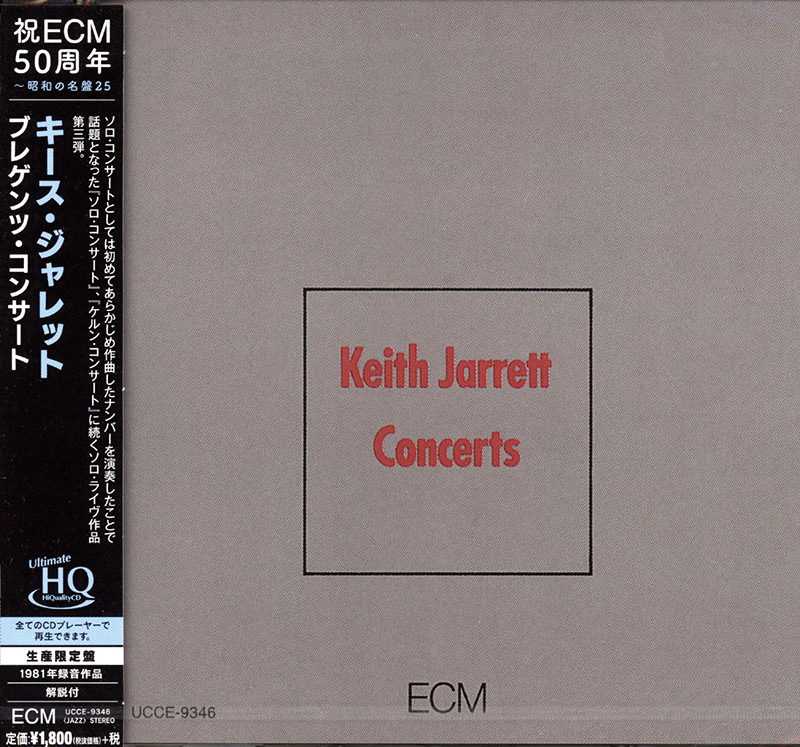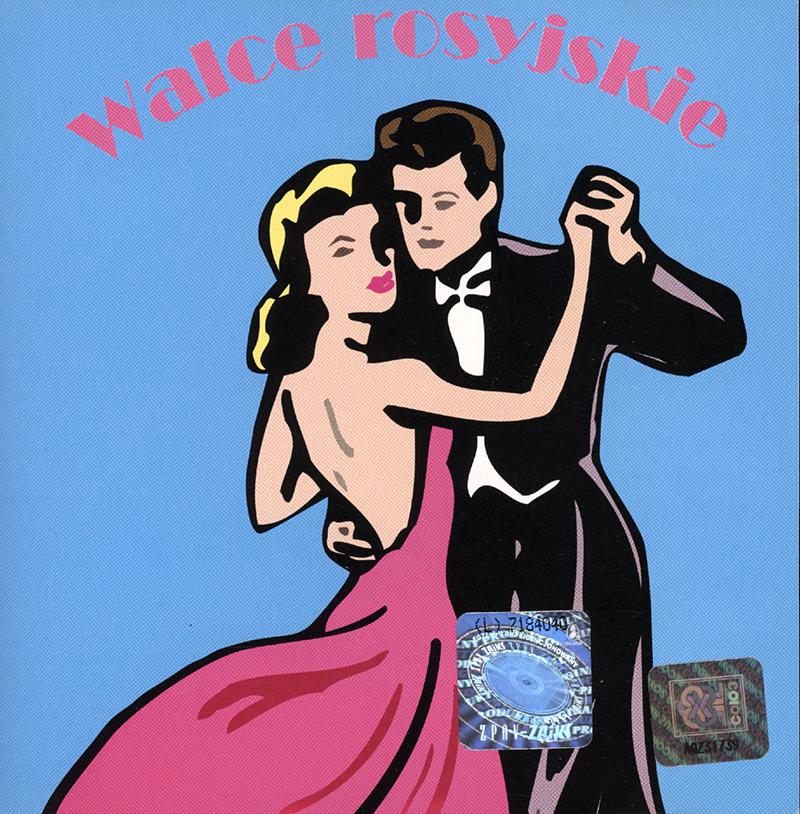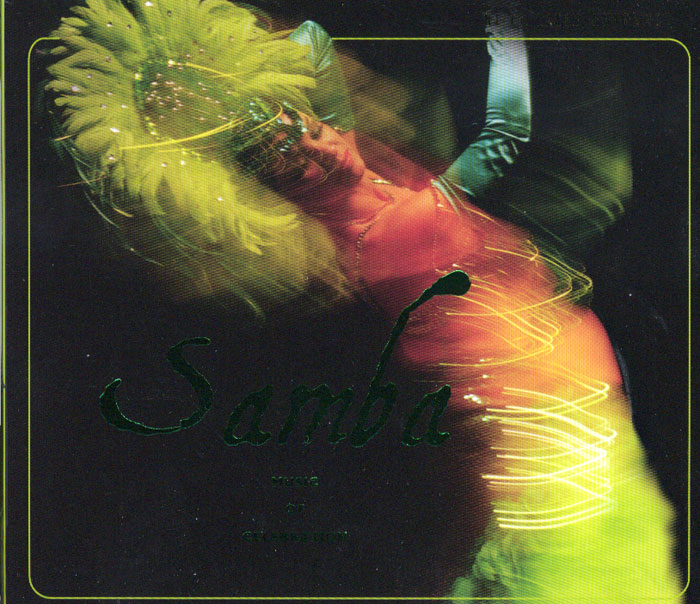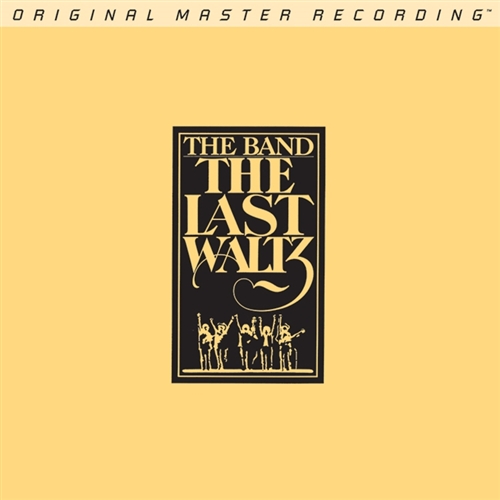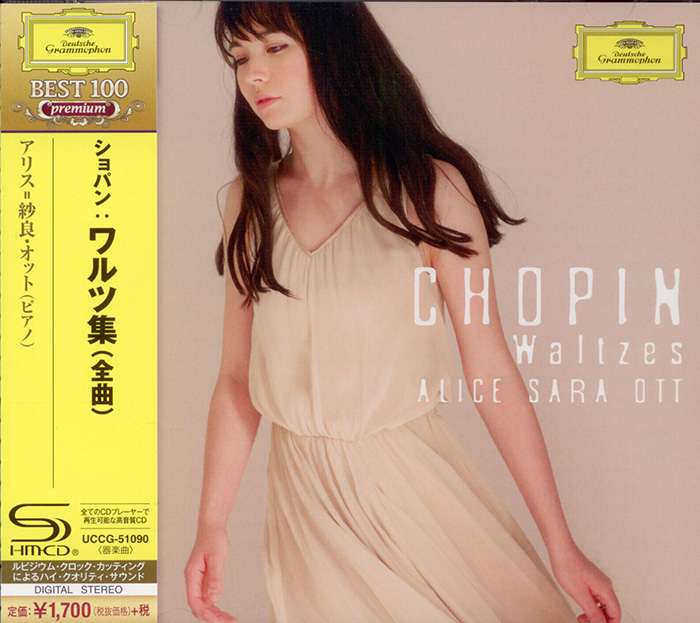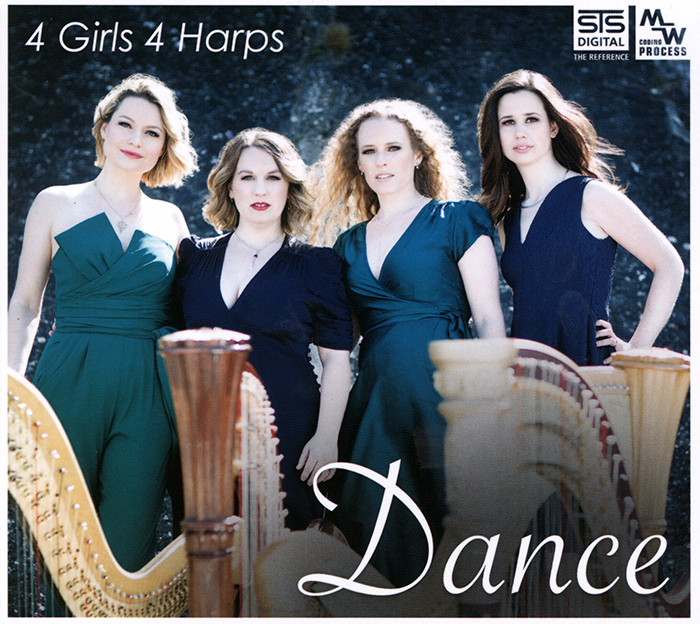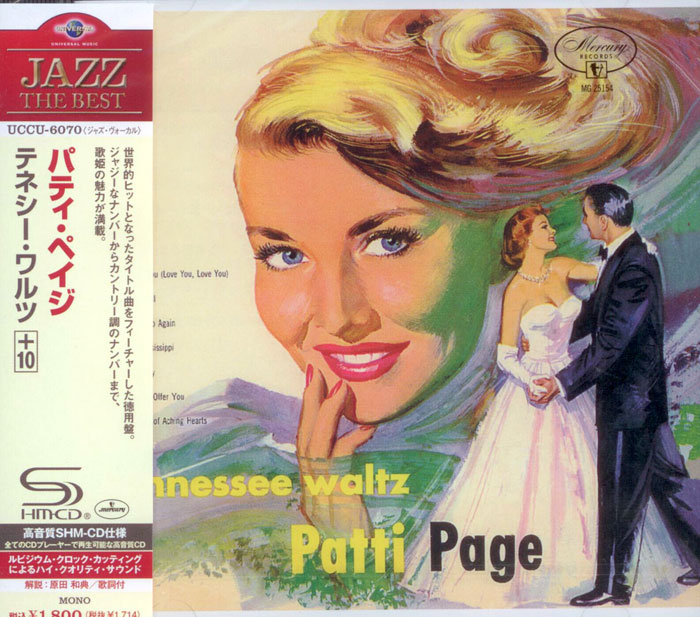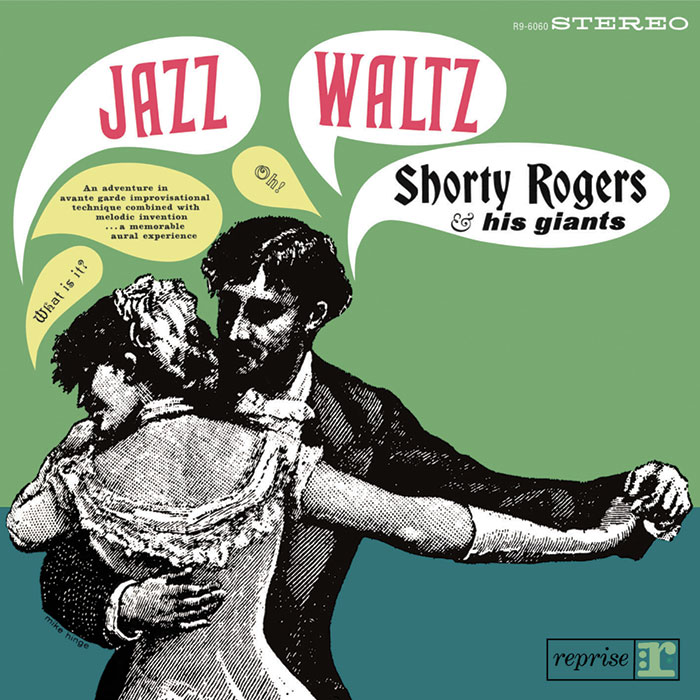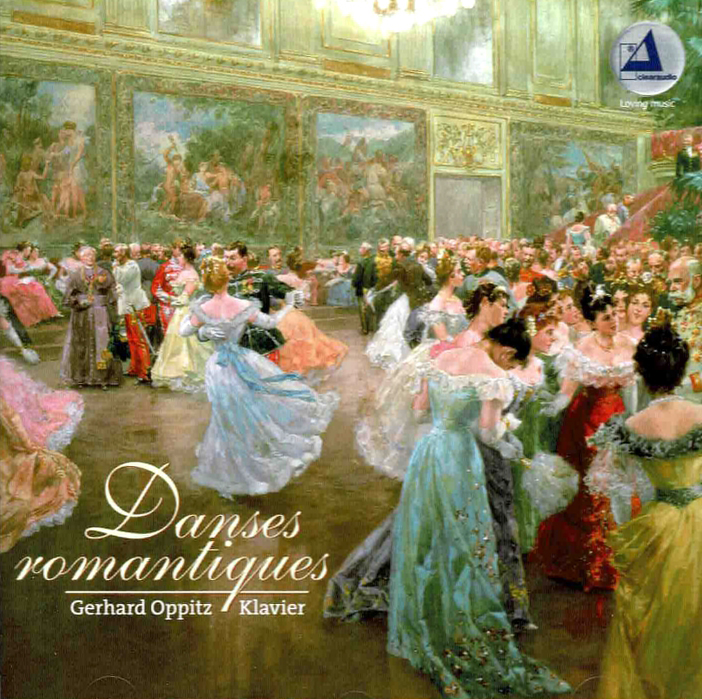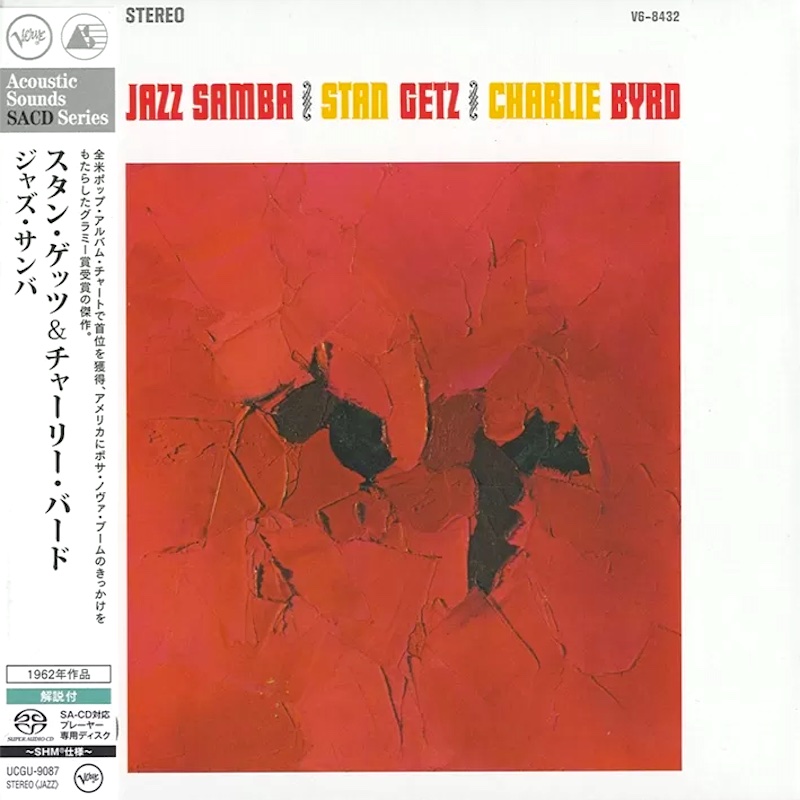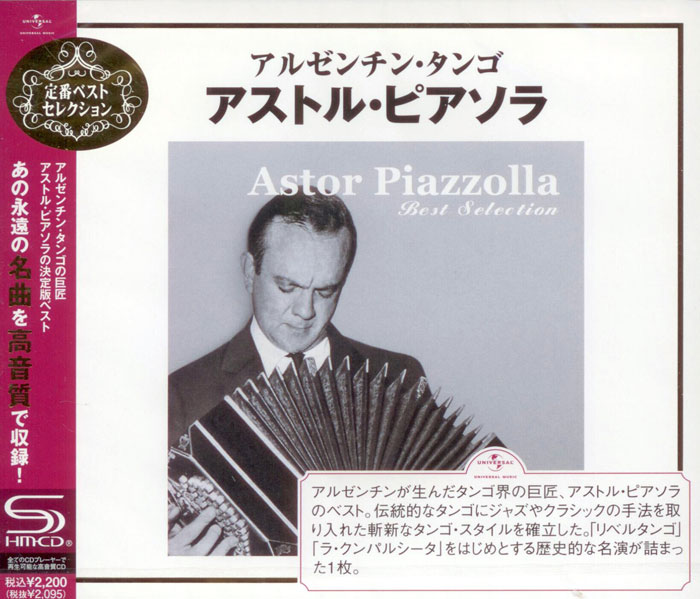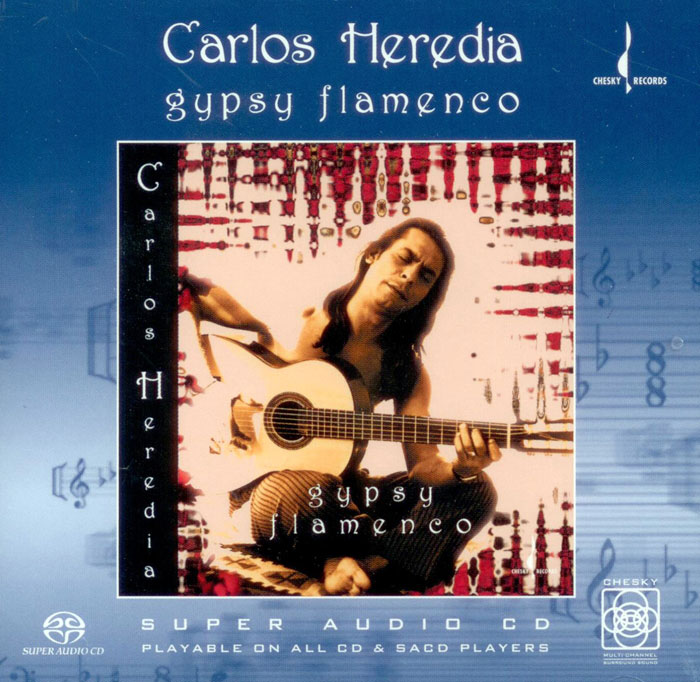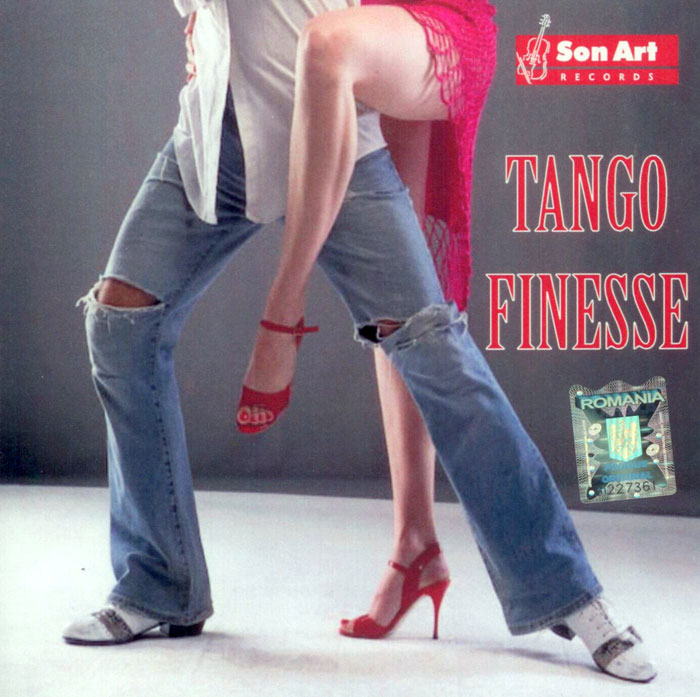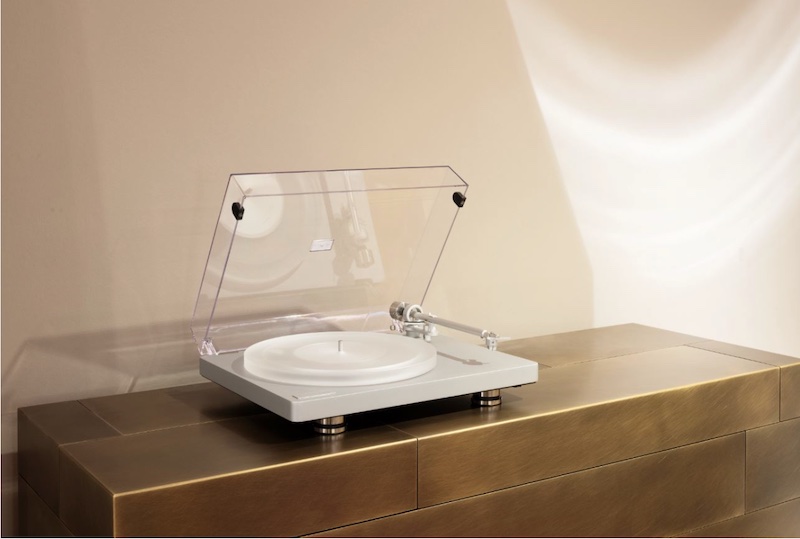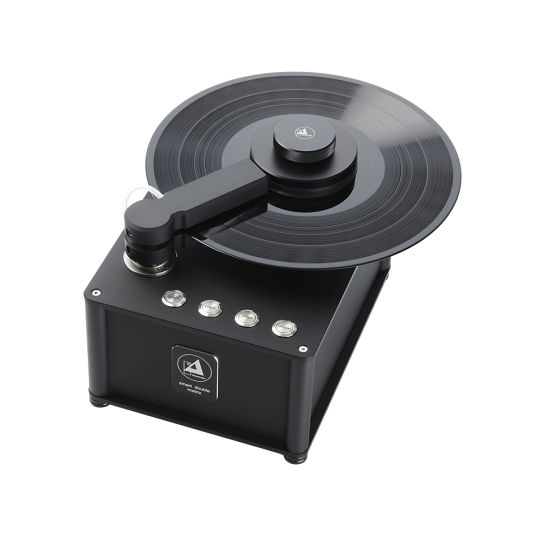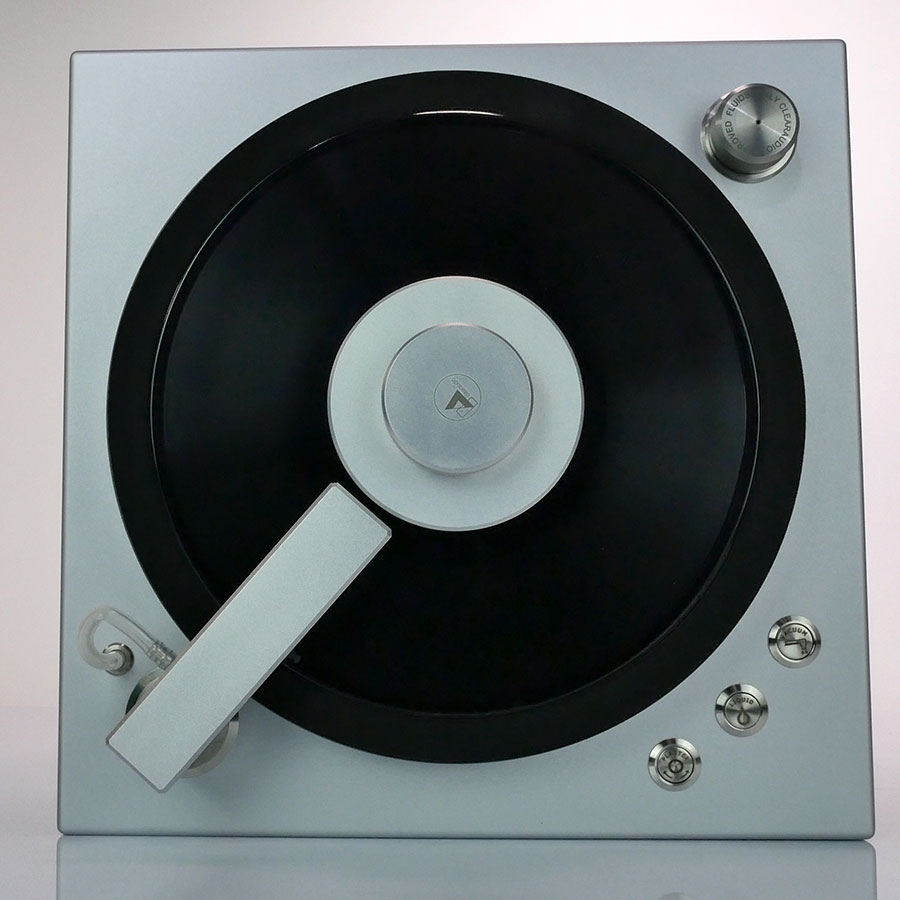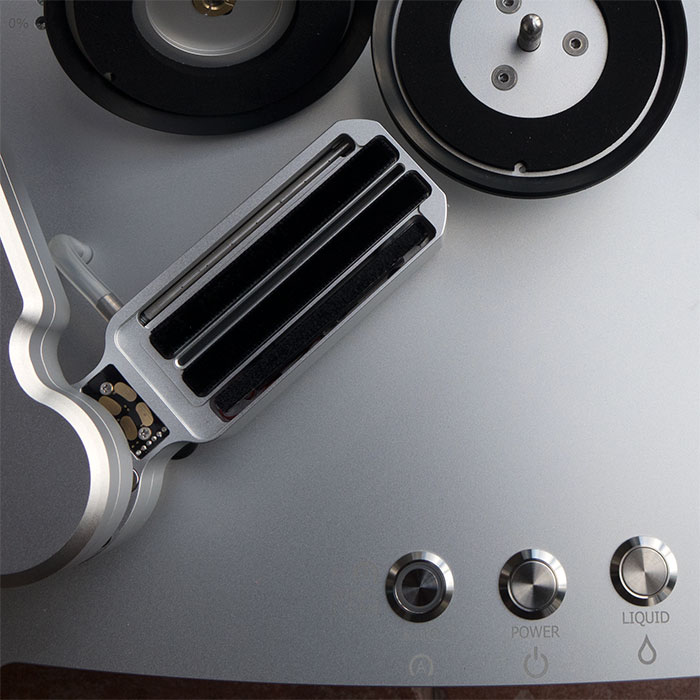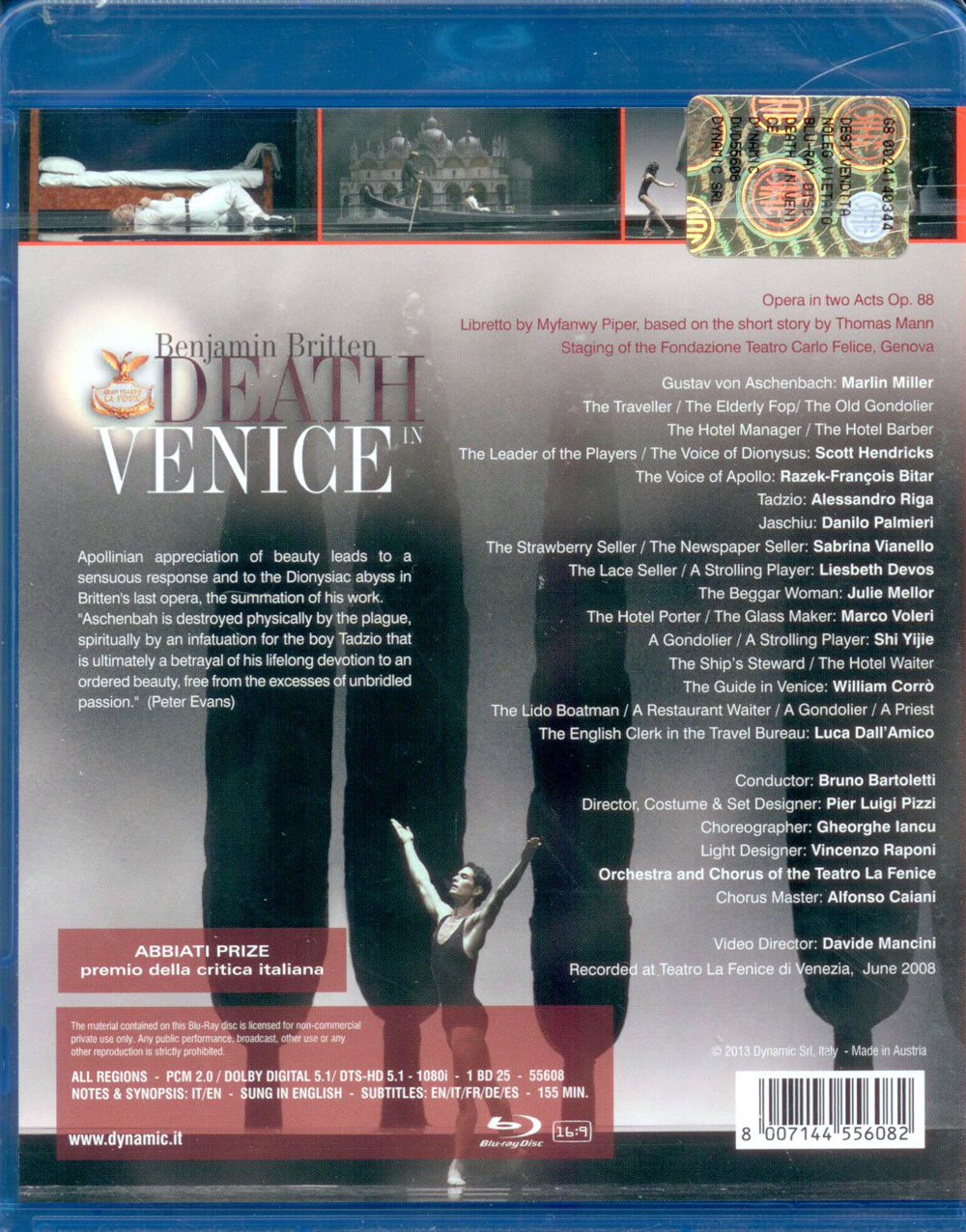Logowanie
Mikołaj - ten to ma gest!
Elton John, The Mamas & The Papas, Cat Stevens, Rod Stewart, Bobbie Gentry, Stevie Wonder, Engelbert Humperdinck
Memory Lane
Edycja Numerowana - 1000 egzemplarzy w skali światowej
RACHMANINOV, Eiji Oue, Minnesota Orchestra
Symphonic Dances / Vocalise
Best Recordings of 2001!!! NAJCZĘŚCIEJ KUPOWANA PŁYTA Z RR!
Karnawał czas zacząć!
Music of Love - Hi-Fi Latin Rhythms
Samba : Music of Celebration
AUDIOPHILE 24BIT RECORDING AND MASTERING
CHOPIN, LISZT, DEBUSSY, DVORAK, Gerhard Oppitz
Dances romantiques - A fantastic Notturno
Wzorcowa jakość audiofilska z Clearaudio
Winylowy niezbędnik
ClearAudio
Double Matrix Professional - Sonic
najbardziej inteligentna i skuteczna pralka do płyt winylowych wszelkiego typu - całkowicie automatyczna
BRITTEN
Death Venice

- Act 1
- 1. Opening
- 2. My mind beats on (Aschenbach)
- 3. Who’s that? (Aschenbach)
- 4. Hey there, hey there, you! (Chorus)
- 5. Ah, Serenissima! (Aschenbach)
- 6. We are delighted to greet the Signore (Hotel Manager)
- 7. Poles, I should think (Aschenbach)
- 8. The wind is from the West (Aschenbach)
- 9. Adziù, Adziù! (Chorus)
- 10. Aou’! Stagando, aou’! (Gondolier)
- 11. Naturally, Signore, I understand (Hotel Manager)
- 12. So be it (Aschenbach)
- Act 2
- 1. Opening/Orchestral introduction
- 2. So, it has come to this (Aschenbach)
- 3. Sickness? What sickness? (Aschenbach)
- 4. And now I cannot let them out of sight (Aschenbach)
- 5. O voluptuous days! (Aschenbach)
- 6. This way for the players, Signori! (Hotel Porter)
- 7. Ah, little Tadziù (Aschenbach)
- 8. Receive the stranger god (Voice of Dionysus)
- 9. Do what you will with me! (Aschenbach)
- 10. O Aschenbach... (Aschenbach)
- 11. The wind still blows from the land (Hotel Manager)
- BRITTEN
>>> Większa okładka A <<< Set in Venice, the English composer’s beloved city, Death in Venice is Britten’s last opera, written between 1971 and 1973. There are clear autobiographical reflections: strict self-discipline, reserve, the artistic vocation as an all-encompassing passion, beauty and knowledge. Another fundamental theme is the corruption of innocence and guilt as a source of inner doubt, which the composer records with implacable sensitivity. The opera is written for only three singers: a tenor (Von Aschenbach), a counter-tenor (the voice of Apollo) and a baritone who covers all the other roles, whilst the young Tadzio and his family are dancers. This economy of vocal and instrumental means accentuates the underlying dramatic idea and is translated into moving essentiality. The staging is pervaded by a mysterious, metaphysical serenity lacking in Mann’s work but found in the music. The rock walls are substituted by books that look like ancient ruins and highlight the ineluctable immobility which constitutes the fascination of the original. The sense of death and foreboding emanated by the cypresses remains till the end: the slender, dark trees like cast iron, point upwards, rising above the views of Venice, reminding us of the inevitability of destiny: ”No choice for the living, no choice for the dead.” The initiation journey of Gustav von Aschenbach ”Death in Venice” from Mann to Britten according to Pier Luigi Pizzi (from a newspaper article) Pier Luigi Pizzi reveals his successful approach to Britten’s Death in Venice. The sets for this ”Death in Venice” production are not new; I had designed them for a Genoa production in the year 2000 that was very successful, winning the Abbiati Prize. It is a pleasure to work once again at this opera, which is musically complex but, in my opinion, also very poignant and intense. When I began to think about my approach to Death in Venice, the first decision I made was to forget Visconti. I thought it would be meaningless to offer the same images as the movie; it would be like ”putting the movie on stage”. In addition, the movie differs from the book in a few things, both general - interpretation - and particular - the character of Professor Aschenbach. I imagined Aschenbach in a different way from Visconti, and my reading, I believe, is more faithful to the original. Aschenbach is no artist: he will become one through a painful initiation journey. When we first meet him in Munich, he is going through a life crisis: he is a successful writer: famous, respected, admired and wealthy; but he is no artist, and he is aware of it. It is at this point that a somewhat devilish character suggests that he should travel to the South in search of new emotions. This journey will take him to his death, but also to his resurrection as an artist. Aschenbach needs to discover the meaning of beauty, the meaning of art, and the painful aspects that go with them. Britten describes this parabola very well, from both a dramatic and musical point of view. What I did was abandon myself to the narration, following not only the cues given by the word but also those given by the music. This made me take a precise direction; to begin with, I changed the temporal setting: we are no longer in 1910 but at the beginning of the 1940s. Those years were both tense historical times, times preceding a calamity. In the ’40s there was Nazism, and Fascism, and they fell in line with the extreme nationalism of the 1910. War was the inevitable consequence. This heavy mood is perceivable in the opera, where all the symptoms of illness, the cholera plague itself, are a metaphor. The setting of this production is somewhat autobiographical: in the 1940 I was ten years old and I remember well that environment and those beaches; I have very clear memories, on which I built using my imagination. The personal involvement and emotions have helped me very much. Thus my reconstruction is not based on documents but on recollection. Images are not realistic - or rather, they are filtered through a lyrical, poetic realism. Venice itself is portrayed in different ways: sometimes places are faithfully reproduced (re: the Procuratie); other images are more dream-like: for example the San Marco basilica, smaller and surrounded by cypresses, trees that call to mind a cemetery like the one in Munich, at the beginning of the opera. It is a Venice made of images that are not true-to-life; they are the deformed images created by memory when it recalls things long past. Marlin Miller (Gustav von Aschenbach), R.-François Bitar (Voice of Apollo), Scott Hendricks (Traveller and other roles), Alessandro Riga (Tadzio), Danilo Palmieri (Jaschiu), Sabrina Vianello (Strawberry seller and other roles) Liesbeth Devos (Lace seller and other roles) Orchestra and Chorus of Teatro La Fenice, Bruno Bartoletti (conductor) & Pier Luigi Pizzi (director)
